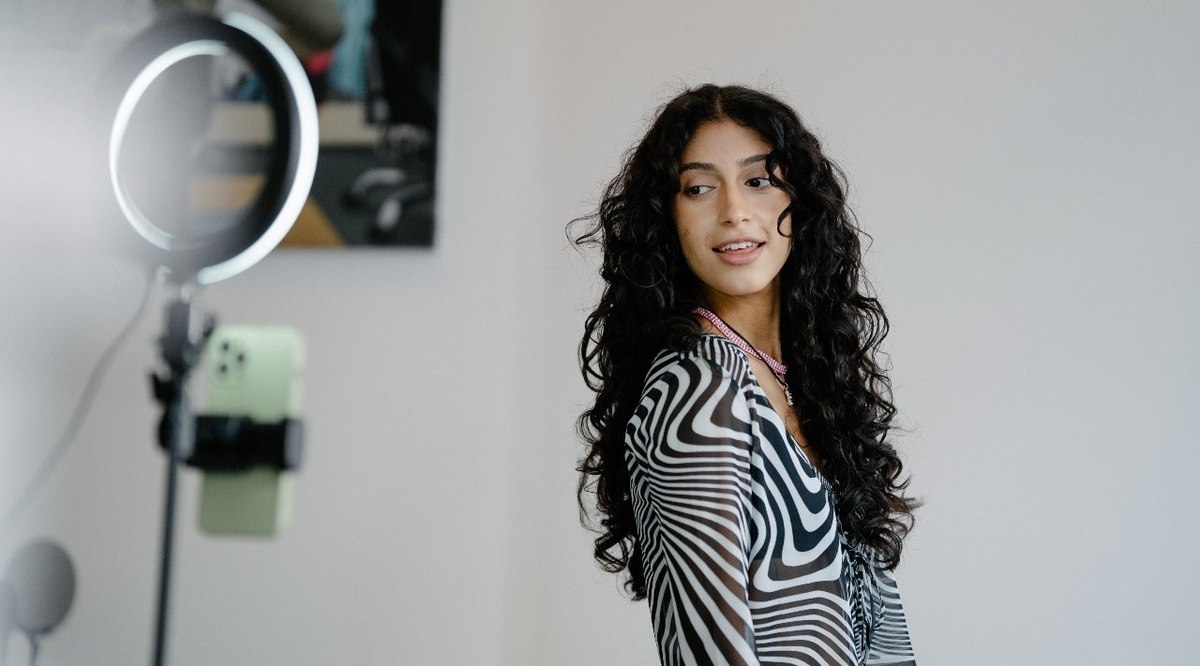
Do consumers notice influencer endorsements while purchasing clothes?
A burgeoning industry positioned to grow by about 30.3% annually through 2028, the influencer marketing industry reached a record USD 16.4 billion in 2022. More than six out of ten social media users (62%) say they trust influencers more than celebrities while 60% say they have engaged with a sponsored post. Clearly, influencer marketing can be a compelling marketing tool. But does it work across product and service categories?
A new YouGov study conducted across 18 global markets reveals that more than two out of five consumers (46%) are likely to notice influencer-promoted endorsements when it comes to purchasing clothes, making fashion one of the most persuasive influencer collaborations, globally.
More than three-fifths of consumers in India (83%) and Indonesia (82%) are ‘a lot’ or ‘a little’ likely to notice influencer endorsements for clothes. Though this proportion drops amongst consumers in China (70%), Hong Kong (52%) and Singapore (51%), it is still more than the global average. Australia (43%) is the only APAC market where consumers are less likely than the global audience to notice influencer-promoted clothing endorsements.
Similarly, nearly three-fifths of consumers in UAE (79%) - of which 41% are ‘a lot’ and 38% are ‘a little’ - are likely to be influenced by clothing and fashion influencers.
On the other hand, North American consumers are split in their opinions. While just over a quarter of consumers in the US (25%) are likely to notice endorsements by fashion influencers, consumers in Canada (42%) and Mexico (58%) are far more likely to be influenced by such endorsements.
Much like their North American counterparts, European consumers have similarly scattered opinions. More than two-fifths of consumers in Spain (44%), Italy (43%) and France (41%) notice clothing endorsements by influencers. However, other European markets (Poland, 36%; Sweden, 35%; Germany, 26%; GB, 26%) are less likely to mirror this sentiment.
Notably, Danish (25%) and American (25%) respondents tie for the last place. They are least likely - of all markets - to be swayed by influencer endorsements.
Breaking down the data by age demographics offers some interesting insights.
The proportion of consumers influenced by clothing endorsements by influencers declines as the age of the consumers increases. Consumers aged 55 and above are unlikely to be influenced by such endorsements with almost three-quarters (72%) saying so, opposed to 68% of 18-24-year-olds who say that they notice fashion influencers while buying clothes.
Explore our living data – for free
Discover more retail content here
Want to run your own research? Start building a survey now
Get quick survey results from nationally representative or targeted audiences using YouGov RealTime Omnibus
Make smarter business decisions with better intelligence. Understand exactly what your audience is thinking by leveraging our panel of 20 million+ members. Speak with us today.
Methodology: YouGov RealTime Omnibus provides quick survey results from nationally representative or targeted audiences in multiple markets. The data is based on surveys of adults aged 18 and over in 18 markets with sample sizes varying between 513 and 2,015 for each market. All surveys were conducted online in September 2022. Data from each market uses a nationally representative sample apart from Mexico and India, which use urban representative samples, and Indonesia and Hong Kong, which use online representative samples. Learn more about YouGov RealTime Omnibus.
Photo by Mizuno K on Pexels.